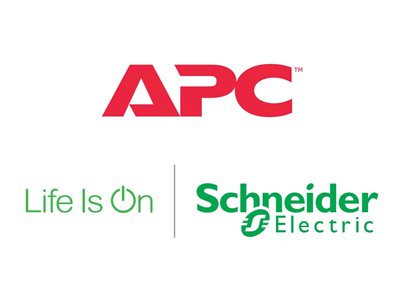How To Pick The Best USB Hub
USB hubs are small devices that serve two main purposes, to expand the number of USB ports you have, and to charge USB-powered devices.
If you only have one USB port in your computer, you can use a USB hub as an extension to add additional ports. They can also be used to charge multiple USB-powered devices at the same time that way you don’t need a separate outlet for each device.
USB hubs are fairly simple devices however, that doesn’t mean that you should just pick a random model for the shelf. There are still a couple of things that you should consider before purchasing a USB hub.
Buy The Correct Standard
USB comes in many different standards each will only work with a matching model. So if you have a USB-C cable, you’re going to need a USB-C port for it to work properly.
The most common USB standards that you will find on the market today are the USB-C, standard USB 3.0, and the micro USB. Each of these has a completely different shape and will not work with the other types.
Ideally, if you aren’t sure which USB type you will be using, you should try to purchase a USB hub that has multiple types of ports. That way, you won’t ever be in a situation where you have to buy a converter in order to make use of your USB hub.
Bus-Powered vs. Self-Powered
There are two main types of power supplies that your USB hub could come with. The first is bus-powered, and the second is self-powered.
Bus-Powered
Bus-powered USB hubs are USB hubs that are connected to a computer both to transfer data and as their power source. The benefit of this type of USB hub is that since you do not need a separate cable and outlet to power the hub, it is more portable and convenient to use on the go.
The downside to using a bus-powered USB hub is that since it won’t be as high-powered, you are more limited on the number of devices you can add to it. They also tend to be slower since the power isn’t as good.
Self-Powered
A self-powered USB hub uses one cable to transfer data and a separate cable that is plugged into a power source, such as a wall outlet, to power it.
The benefit of using a self-powered USB hub is that since they have a stronger power source, you can plug them into more devices at the same time. Your data transfer speeds should also be faster since the power levels are more consistent.
The downside of using a self-powered USB hub is that since it is larger and will need a separate power source, you are limited in the spaces you can use it. You won’t necessarily be able to use your USB hub in your favorite coffee shop if there aren’t enough wall outlets available to connect all your devices.
Number of Ports
The last factor to consider when picking the best USB hub for you is the number of ports that it has. USB hubs can have as few as two to three ports, or as many as seven.
Make sure that you buy a model that has enough USB ports for the work that you will be doing. If you are not sure how many to pick, it is best practice to buy the larger one. That way, in the future, if you need more space you will already have it and won’t need to upgrade your USB hub just to have more ports.
Key Takeaways
USB hubs are small devices that are plugged into your computer. These devices allow you to connect more USB devices to your computer than you would normally be able to by creating extra ports.
Before purchasing a USB hub, there are a few things to keep in mind. You should make sure to buy the correct standard, decide between bus-powered and self-powered, and think about the number of ports you need.
Considering these factors will ensure that you find the perfect USB hub to suit your needs and one that will last you for years to come.







